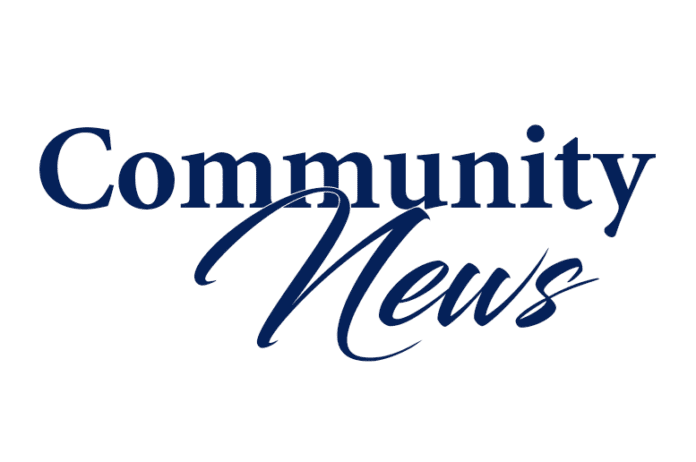|
Getting your Trinity Audio player ready...
|

Almost 800,000 Americans suffer a stroke each year. Approximately two-thirds of them survive and need rehabilitation. Rehabilitation plays a vital role in helping stroke victims regain their ability to take care of themselves and achieve the best possible quality of life.
The types and degrees of disability experienced after a stroke will depend on the area of the brain that is damaged. In general, stroke can cause five different types of disabilities:
- paralysis or difficulty controlling movement
- sensory problems
- trouble understanding or using language
- challenges with thinking or memory
- emotional disturbances
Rehabilitation usually begins within a day or two after the stroke. It may start with prompting the patient to change positions often while lying in bed and engaging in range-of-motion exercises to strengthen limbs affected by the stroke. Therapy may then continue in inpatient rehabilitation units (where the patient stays at the facility while undergoing therapy), outpatient units (where patients can spend several hours a day but not stay overnight) or home-based rehabilitation (where rehabilitation is done in the patient’s home).
Rehabilitation typically involves three kinds of therapy. Physical therapy is designed to help patients deal with motor and sensory impairments. Physical therapists work with patients to improve strength, endurance, range of motion, gait abnormalities and sensory problems. They educate survivors how to regain use of stroke-impaired limbs and teach compensatory strategies to lessen the impact of remaining deficits.
Occupational therapy is geared to helping patients relearn skills necessary for daily living, such as getting dressed, combing hair, preparing meals or doing housework. Occupational therapists may go to a patient’s home and suggest ways to make it more safe and accessible. For example, they may recommend installing grab bars in the bathroom or removing rugs that could cause a fall.
Speech therapy is done to re-educate stroke patients about all aspects relating to speech, including how to speak, understand, read, write, solve problems and even swallow. Depending on the extent of the language problem, speech therapists can use pictures or demonstrate how to perform tasks several times or in a different way to help the patient communicate.
It is common for patients to become depressed after having a stroke. Signs of depression include sleep disturbances, change in eating patterns, fatigue, irritability, lethargy, weight fluctuations and social withdrawal. Treating depression can include increased social activity, psychological counseling or antidepressant medications.
The success of a rehabilitation program depends on patient cooperation and commitment. Although therapy sessions may be scheduled several times a week, it is important to do therapeutic exercises every day. Because the risk of having a stroke is higher for people who have already had one, following a healthy lifestyle is important. Stroke patients should eat healthy, be as physically active as possible, control conditions that contribute to stroke or recurrent stroke such as high blood pressure and follow their doctor’s orders.






